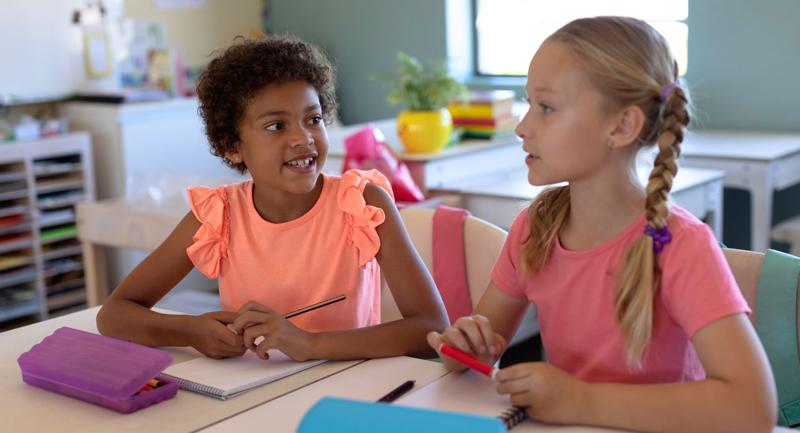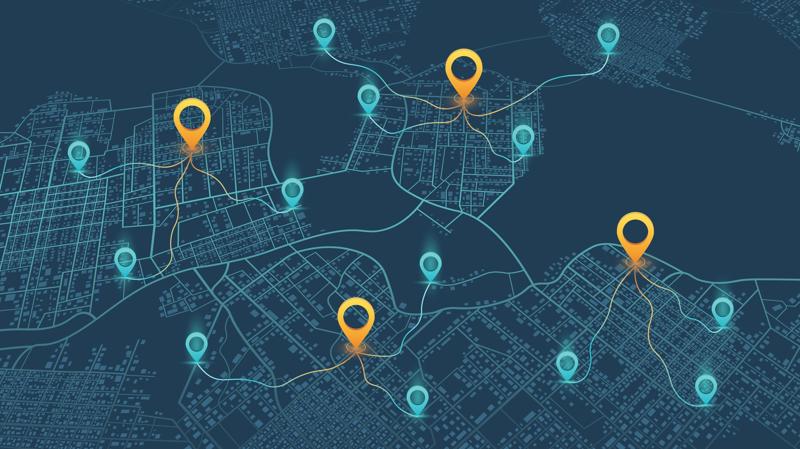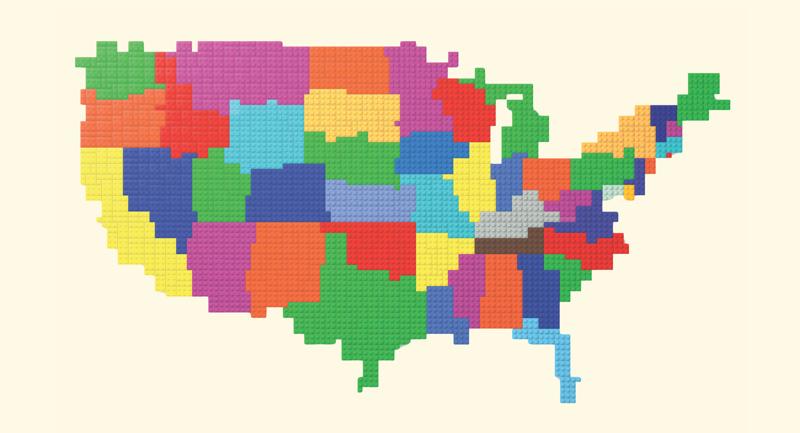Since bursting onto the scene in 2022, generative AI (GenAI) tools like ChatGPT and Microsoft Copilot have become a hot topic in education circles—and for good reason. This technology offers real potential to support busy educators’ daily work and help personalize student learning.
One promising application involves the use of GenAI to tailor existing performance-based assessments (PBAs) for diverse student needs. As noted in Designing Authentic Performance Tasks and Projects, PBAs ask students to “construct a multifaceted response, create a product, or produce a demonstration—in other words, to perform with their learning” (McTighe, Doubet, & Carbaugh, 2020). Effective PBAs are standards-based, require applying learning to new or complex situations, and are authentic in purpose and relevance.
When revising PBAs, educators should (1) start with existing exemplars, like those from The Achievery, rather than creating prompts from scratch, and (2) provide specific (anonymous) details about how the content should be customized for different student groups. For example, you could input an existing performance task on evaluating scientific claims and ask GenAI to adjust the complexity of source reading materials to engage a variety of readers in your classroom. Combining these two guidelines is a recipe for improved quality and appropriateness.
Three possible, though not exhaustive, methods for tailoring PBAs (see fig. 1) are by: student readiness (adjusting for students’ prior knowledge or skill); interest/choice (offering varied options that address the same outcomes); and grade-level appropriateness (adapting tasks for different grade levels).
Identifying high-quality, accessible content is equally important. While numerous online repositories of education content exist with varying degrees of quality and cost, The Achievery offers a particularly powerful solution. This free digital learning platform developed by AT&T is populated with both subject-specific and interdisciplinary content from a variety of curriculum partners. All content is vetted and peer reviewed, providing an excellent starting point for tailoring PBAs.
To illustrate this process, let’s look at a 7th–8th grade interdisciplinary Achievery PBA titled “Artificial Intelligence.” The PBA asks students to write an argumentative piece on the ethical use of AI in the creation of art. I entered the PBA instructions and standards into ChatGPT three times—once for each tailoring approach.
What follows is a brief summary of the output. One note of caution regarding this process: Even with a high-quality PBA, GenAI tools can (and likely will) produce unusable options. In this example, ChatGPT produced several options that I reviewed and quickly discarded. Effectively tailoring PBAs is dependent on savvy educators with strong evaluative skills and a keen awareness of their students.
1. Readiness
For students who need additional support, ChatGPT provided a simplified writing prompt and a sentence starter to help scaffold the writing process. For stronger writers, the prompt was modified to require students to include counterarguments in their claims and an additional piece of outside evidence.
2. Interest
ChatGPT generated three different interest-based writing prompts for students to choose from, all addressing the same writing and digital literacy standards:
The Art Lover (for those who love and admire art in various forms)
The Tech Enthusiast (for students who enjoy technology and innovation)
The Deep Thinker (for students who enjoy debating the big questions about right and wrong)
3. Grade-Level Appropriateness
The original PBA is intended for students in grades 7–8. Here is a summary of the prompt modifications ChatGPT suggested for a class of 12th graders:
Focus on abstract concepts like intellectual property and human vs. machine agency.
Ask students to locate and critically evaluate several outside sources.
Emphasize writing with a formal structure and tone.
In just a few seconds, GenAI was able to tailor PBAs to accommodate different student interests, readiness levels, and grade levels. When paired with guidance from student-centered educators, GenAI offers a powerful way to go from standardized to customized—elevating the classroom experience through more meaningful and appropriate learning and assessment.








